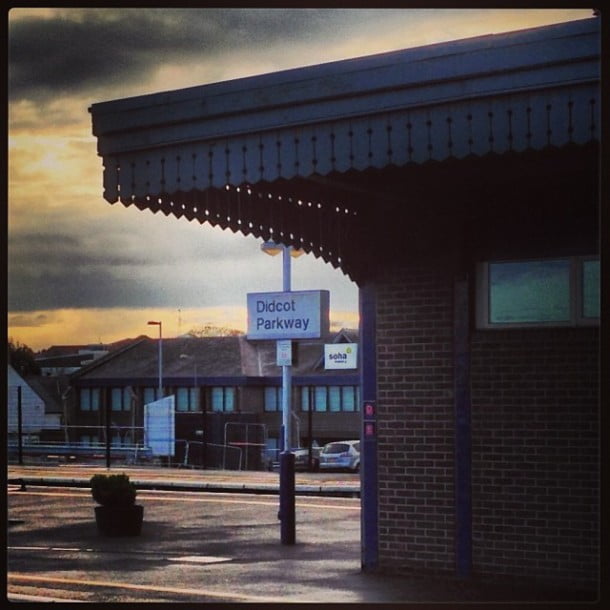
Didcot Parkway is a railway station serving the town of Didcot in Oxfordshire, England. The station was opened as Didcot on 12 June 1844, and renamed Didcot Parkway on 29 July 1985 to reflect its role as a park and ride railhead.
Christmas dinner!
East Hagbourne is a village and civil parish about 1 mile (1.6 km) south of Didcot and 11 miles (18 km) south of Oxford. It was part of Berkshire until the 1974 boundary changes transferred it to Oxfordshire.
Chocolate box
East Hagbourne's toponym is derived from Hacca's Brook, a stream that flows through the village. East Hagbourne was sometimes called Church Hagbourne.
East and West Hagbourne have been separate villages since the time of Edward the Confessor, when Regenbald, a priest of Cirencester, held the manor of East Hagbourne. Regenbald continued to hold the manor after the Norman conquest of England in 1066 and compilation of the Domesday Book in 1086. Regenbald died in the reign of Henry I, who then granted East Hagbourne manor to the Augustinians Cirencester Abbey (founded 1117). The abbey continued to hold the manor until 1539, when it surrendered its lands to the Crown in the Dissolution of the Monasteries.
“I'll have a pint of ginger pop, landload” – The Doctor
Location scenes for three of the four episodes of the BBC television Doctor Who serial The Android Invasion were filmed in the village in July 1975. Star Tom Baker returned to the village to be interviewed by Nick Briggs about his time on Doctor Who for the Reeltime Pictures Myth Makers series in 1989. Briggs returned to the village again to interview villagers for The Village That Came to Life, a making-of documentary featured on the DVD release of the serial in 2012.
Where's Stygron?
The Village Cross (known as the Upper Cross) is Grade II* listed. This is at the junction of Main Road and Church Close. This stone cross dates from the 15th century with 18th-century additions. It is raised on a base of 5 deep stone steps.
Reach to Heaven
A church, probably wooden, existed in East Hagbourne at the time of the Norman conquest. The stone nave of the Church of England parish church of Saint Andrew may have been built in the 12th century. The south aisle was added early in the 13th century. It is linked with the nave by a three-bays arcade. It was followed a few years later by the south chapel, which is alongside the chancel and linked to it by a two-bay arcade. The chancel arch was built in the middle of the 13th century. The north aisle, also of three bays, was added about 1340, followed by the Decorated Gothic north chapel, which is alongside the chancel and linked with it by a two-bay arcade.
On the floor of the north chapel are memorial brasses commemorating Claricia Wyndesor – quare fieri fecit istam capellam (died 1403) and her husband John York fundator istius Ile (died 1404). Nikolaus Pevsner takes this to mean that the north chapel was built early in the 15th century, which surprised him as its Decorated Gothic style had been succeeded by Perpendicular Gothic around 1350. However, the south aisle and south chapel were rebuilt in the Perpendicular Gothic style early in the 15th century so Page and Ditchfield conclude that the brasses of Clarice Windsor and John York were formerly in the south chapel and moved at a later date.
The south chapel has a squint into the chancel. The chapel was re-roofed in the 17th century.
The arch supporting the west bell tower is 14th-century Decorated Gothic but style of the rest of the tower is Perpendicular Gothic. A Perpendicular Gothic clerestory was added to the nave in the 15th century. The east window of the chancel is also Perpendicular, from late in the 15th century.
The tower has a ring of eight bells. The oldest bell was cast in 1602 by Joseph Carter, who in 1606 became the Master Founder at the Whitechapel Bell Foundry. Two more were cast by Ellis Klight of Reading in 1641 and the fourth by Henry Knight in 1670. Another was cast in 1751 by Thomas Lester, Master Founder at the Whitechapel Bell Foundry. The treble bell was cast in Hagbourne by Robert Wells in 1770 and the tenor was cast by his son (also Robert) in 1781. Mears and Stainbank at the Whitechapel Bell Foundry cast the youngest bell in 1910.
St. Andrew's is now a member of the Churn Benefice.
Who knew Bagpuss has retired to Hagbourne Village?

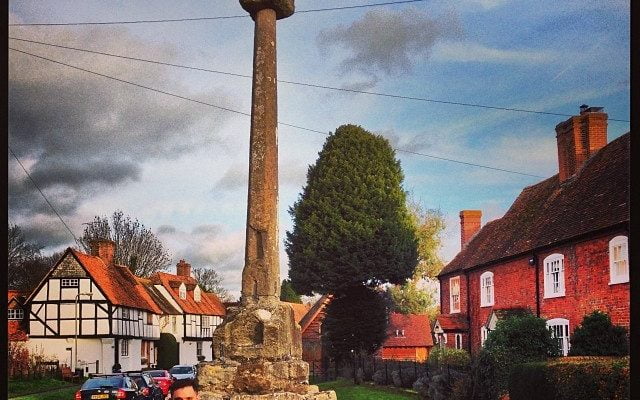
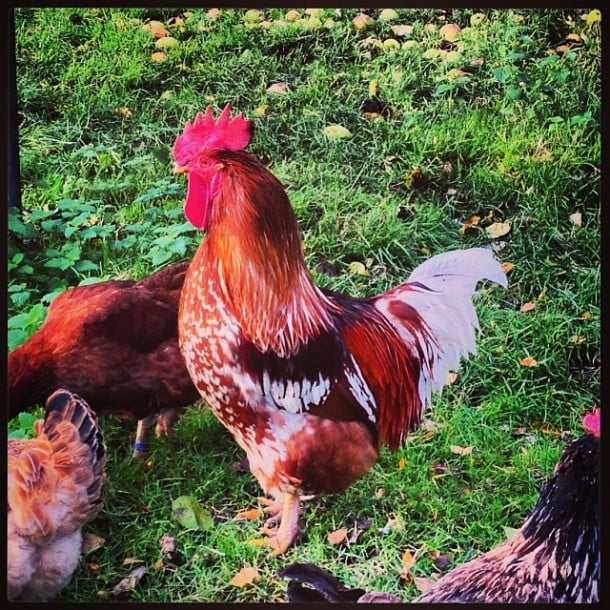
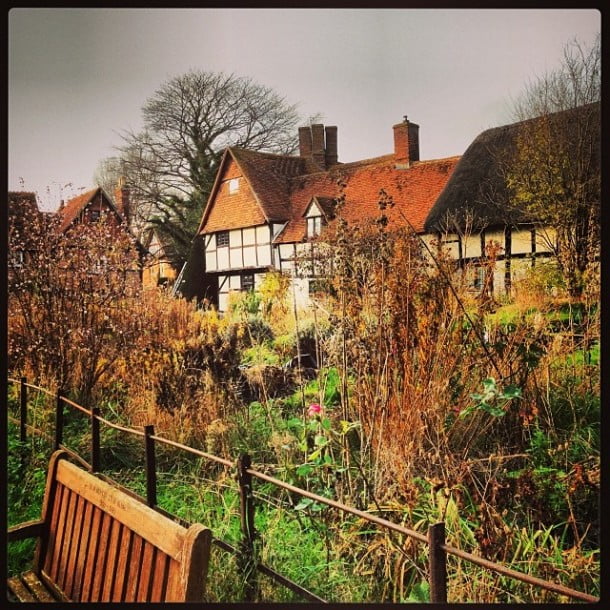
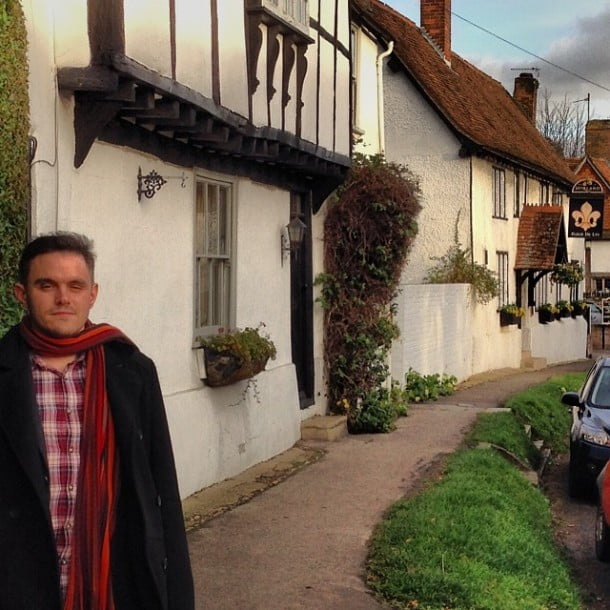
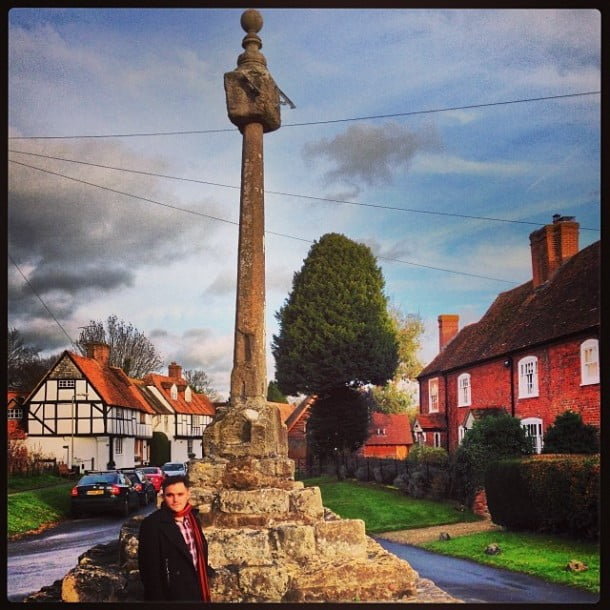
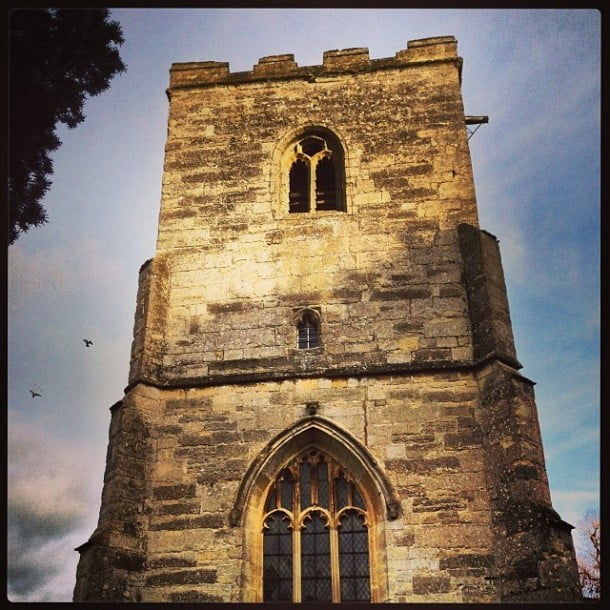
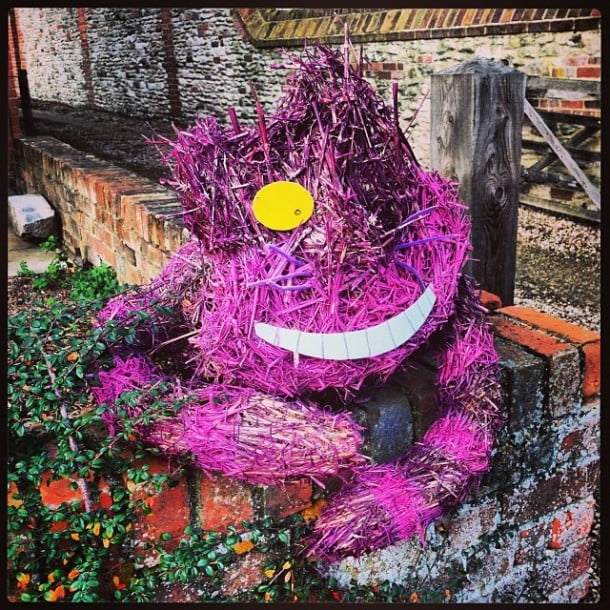


Comments